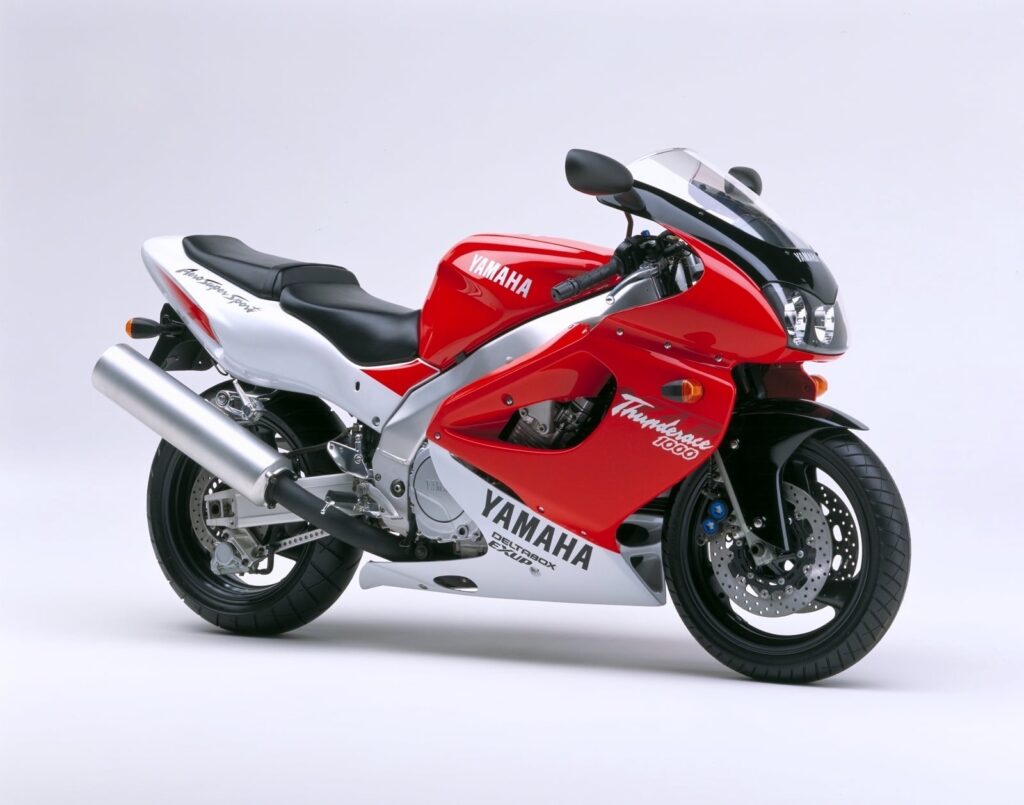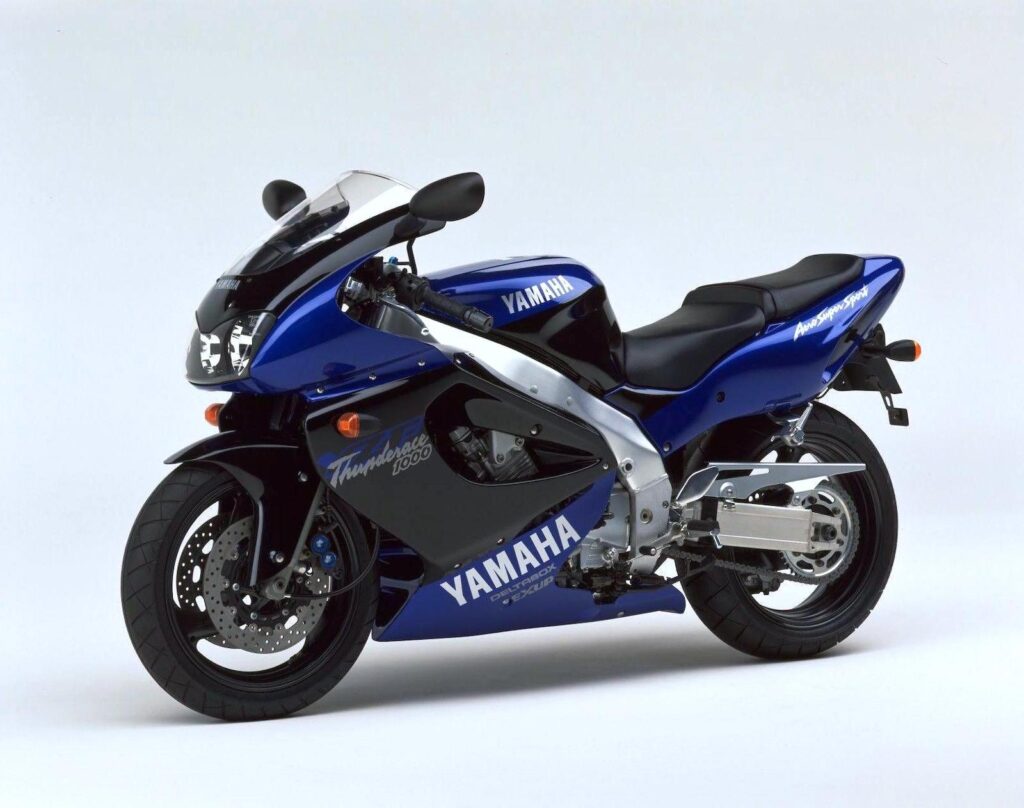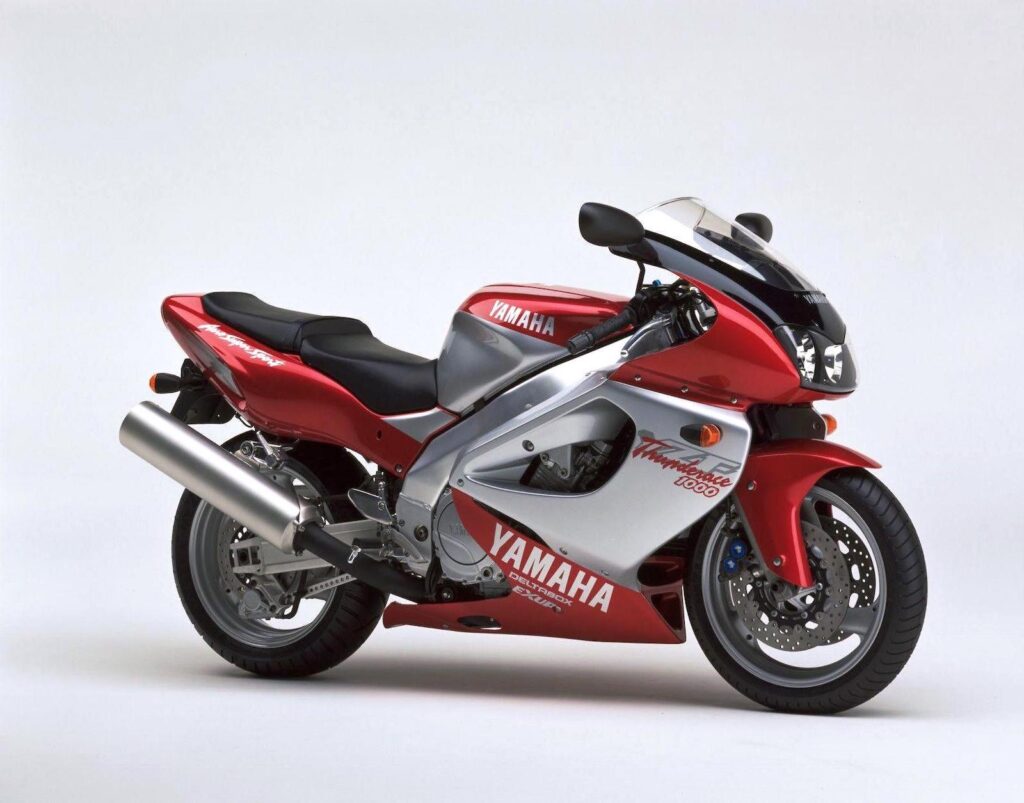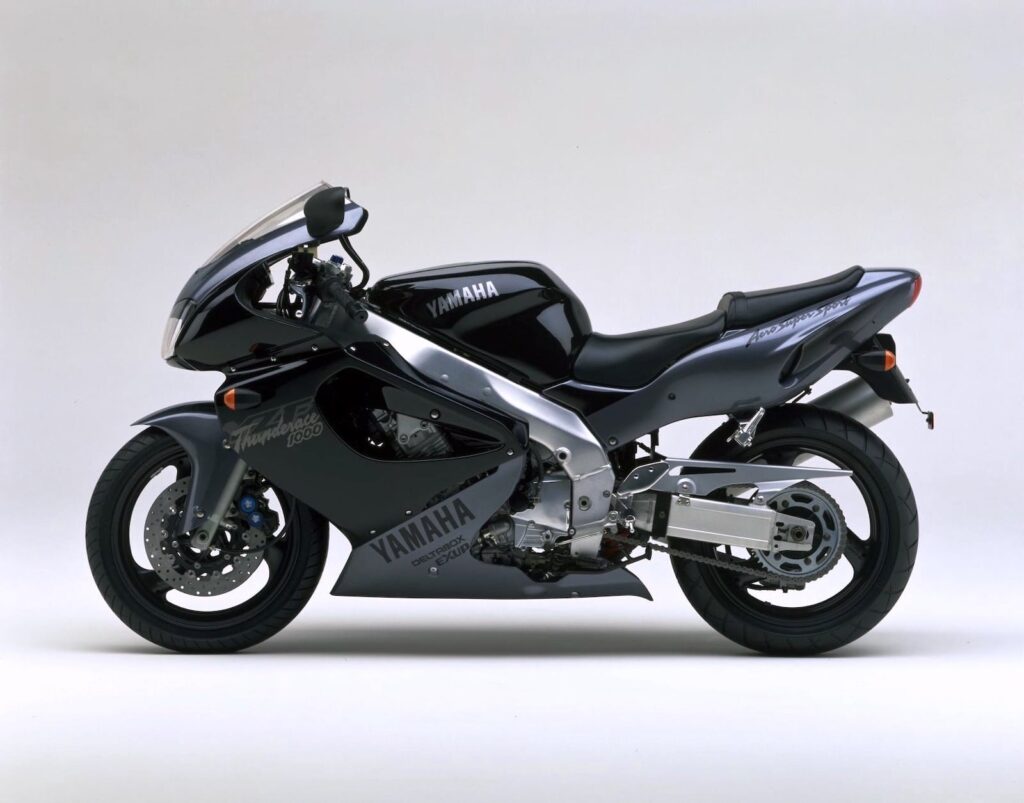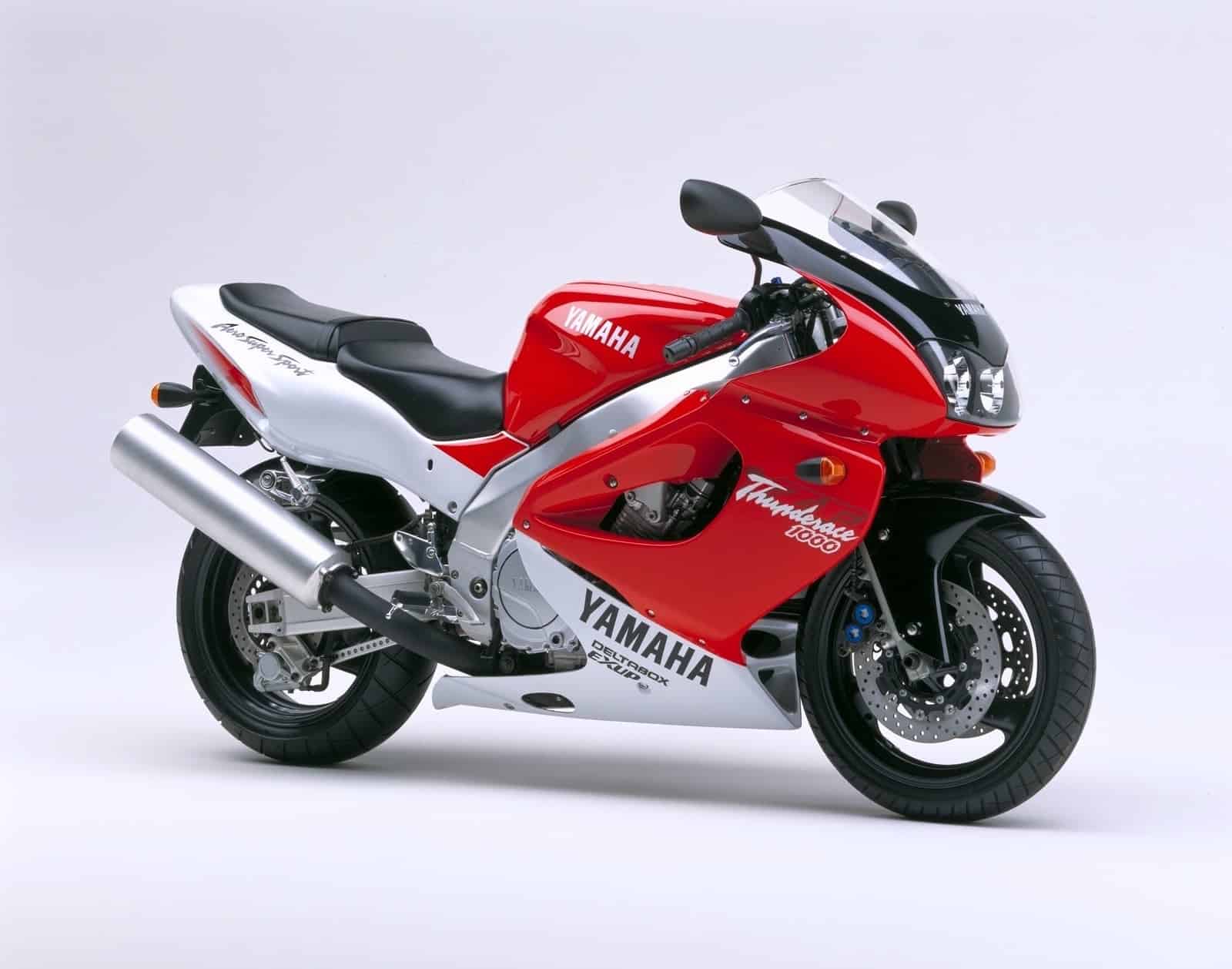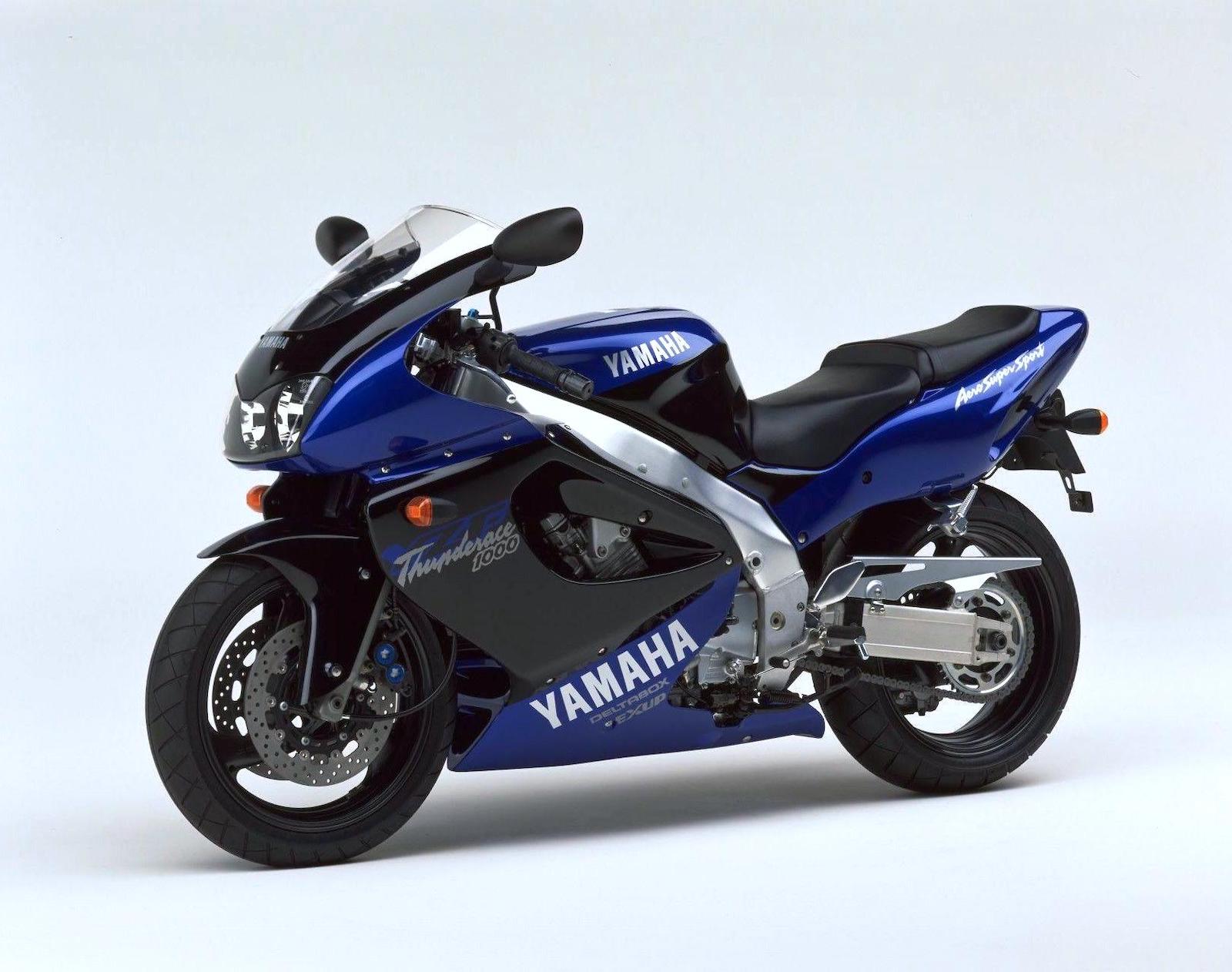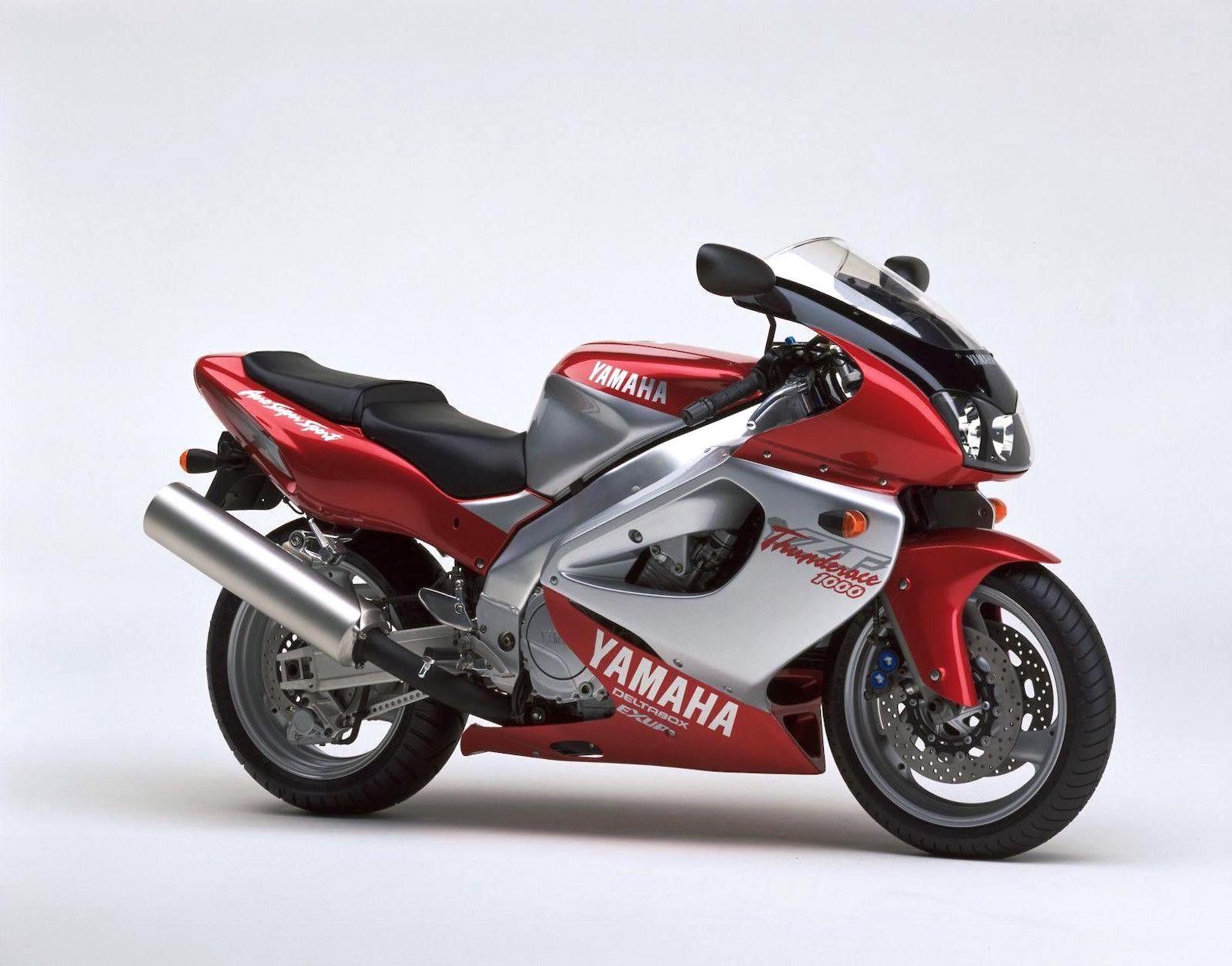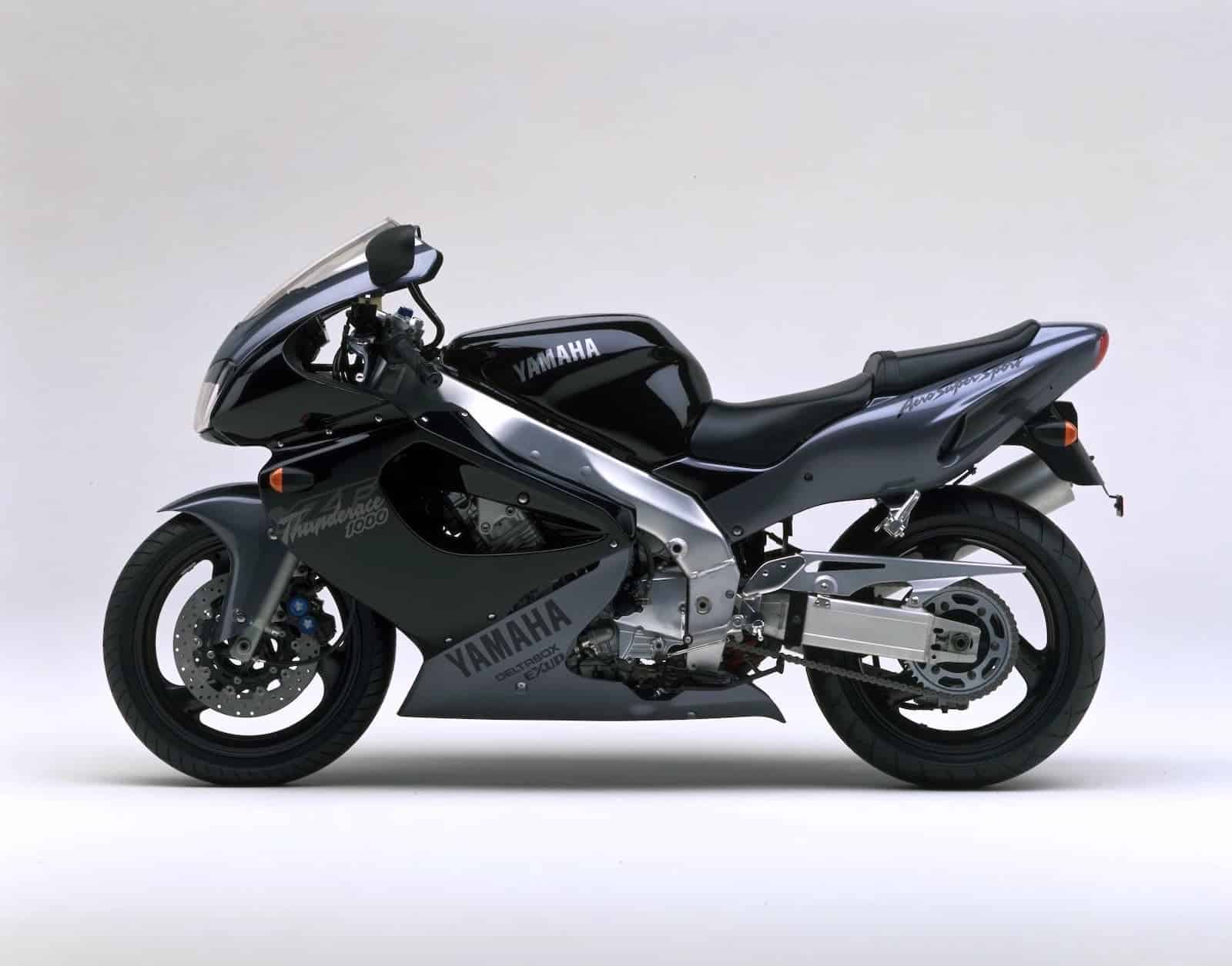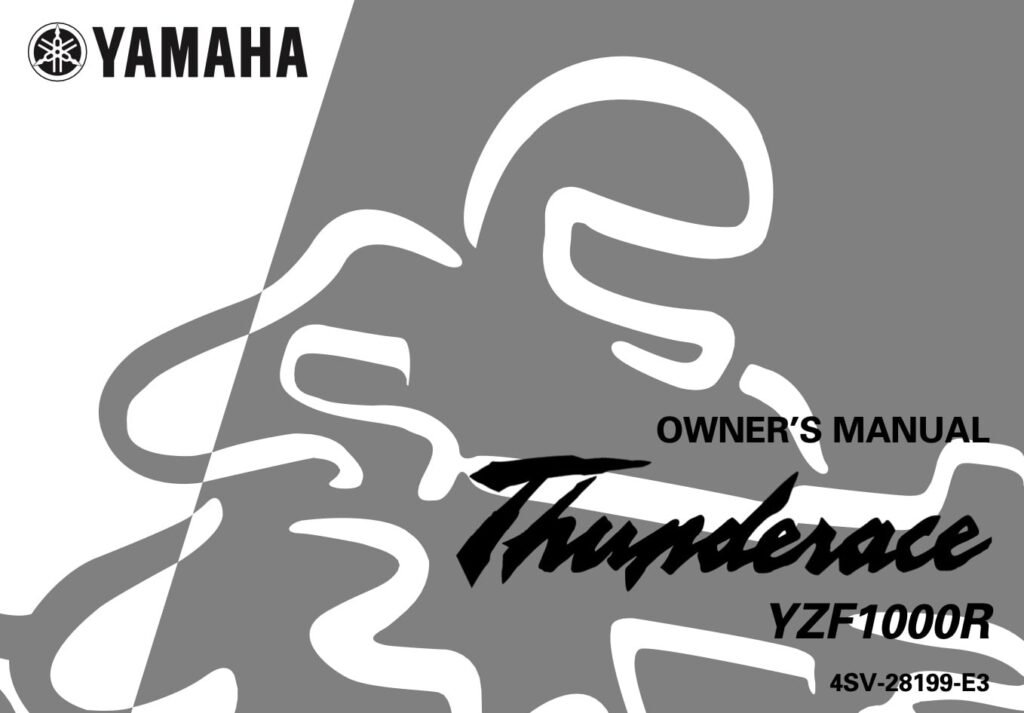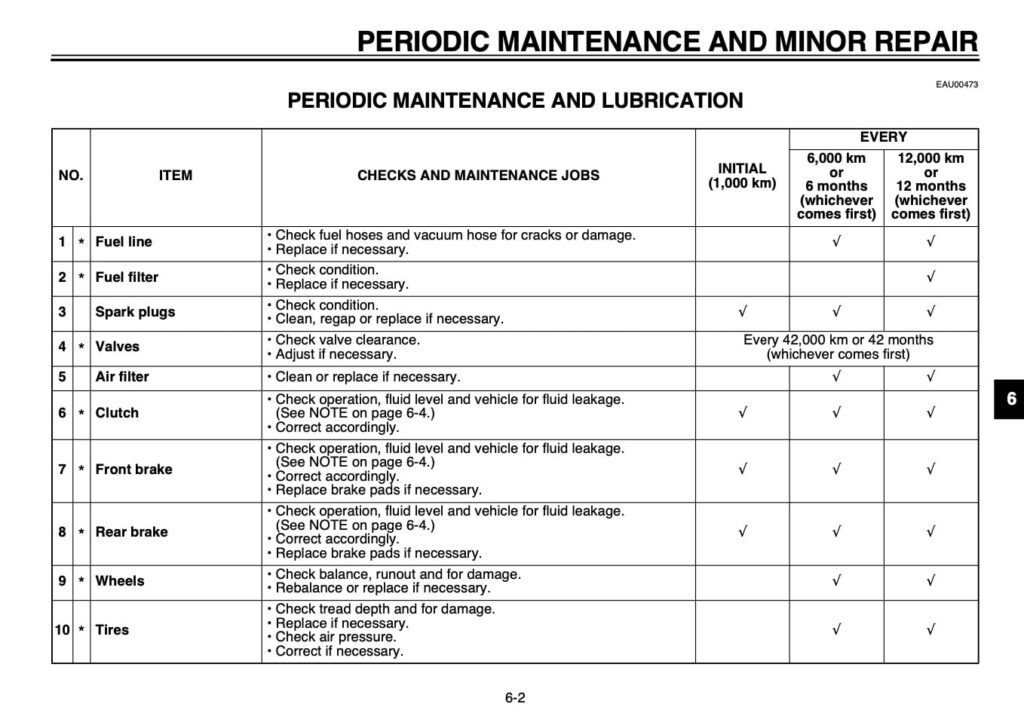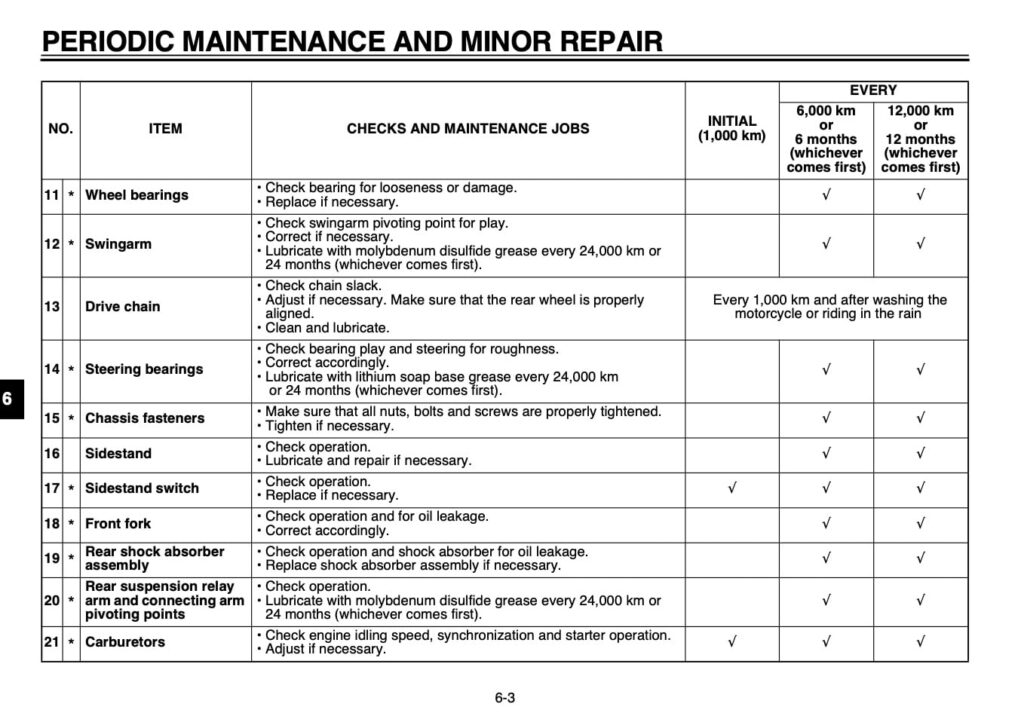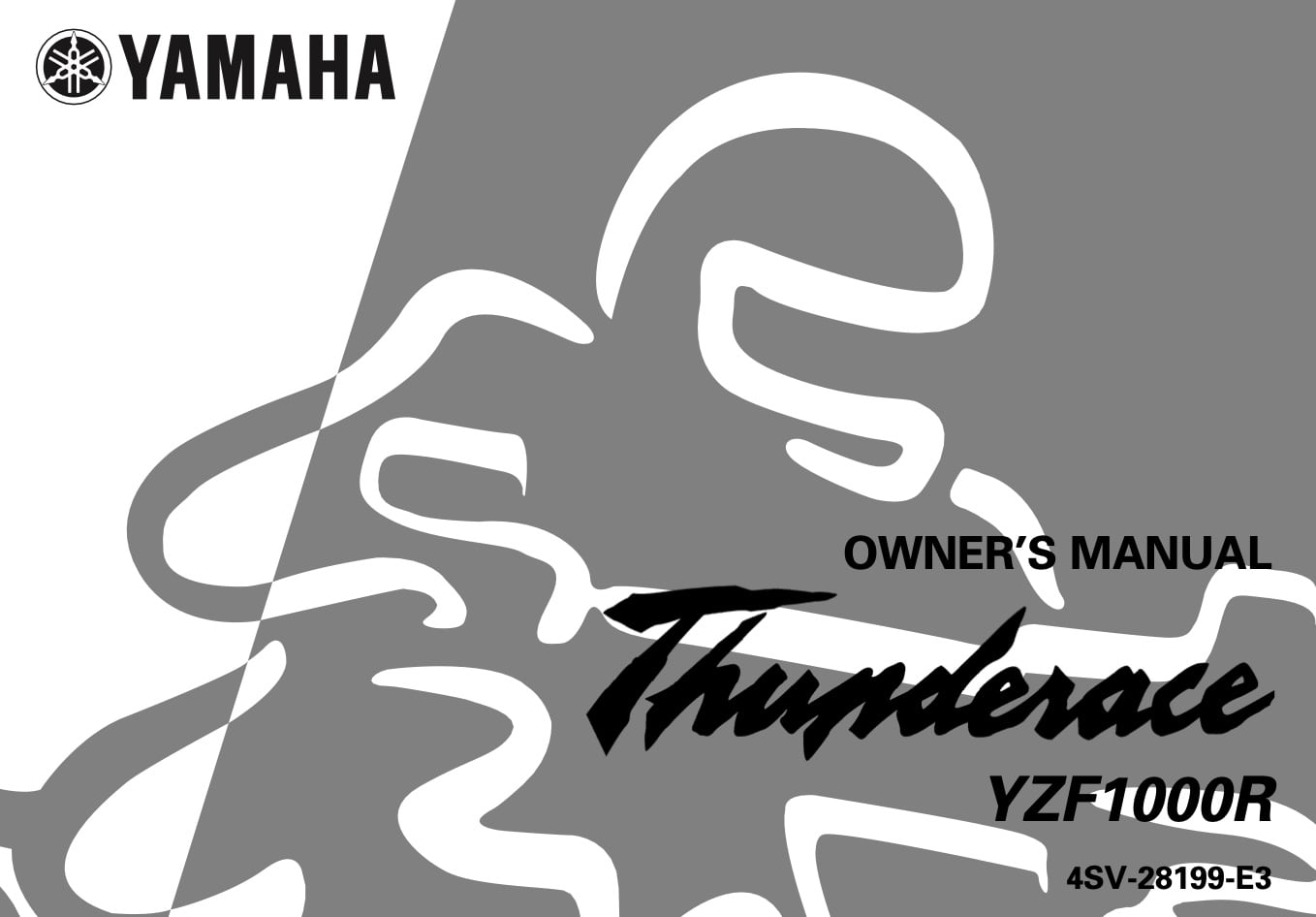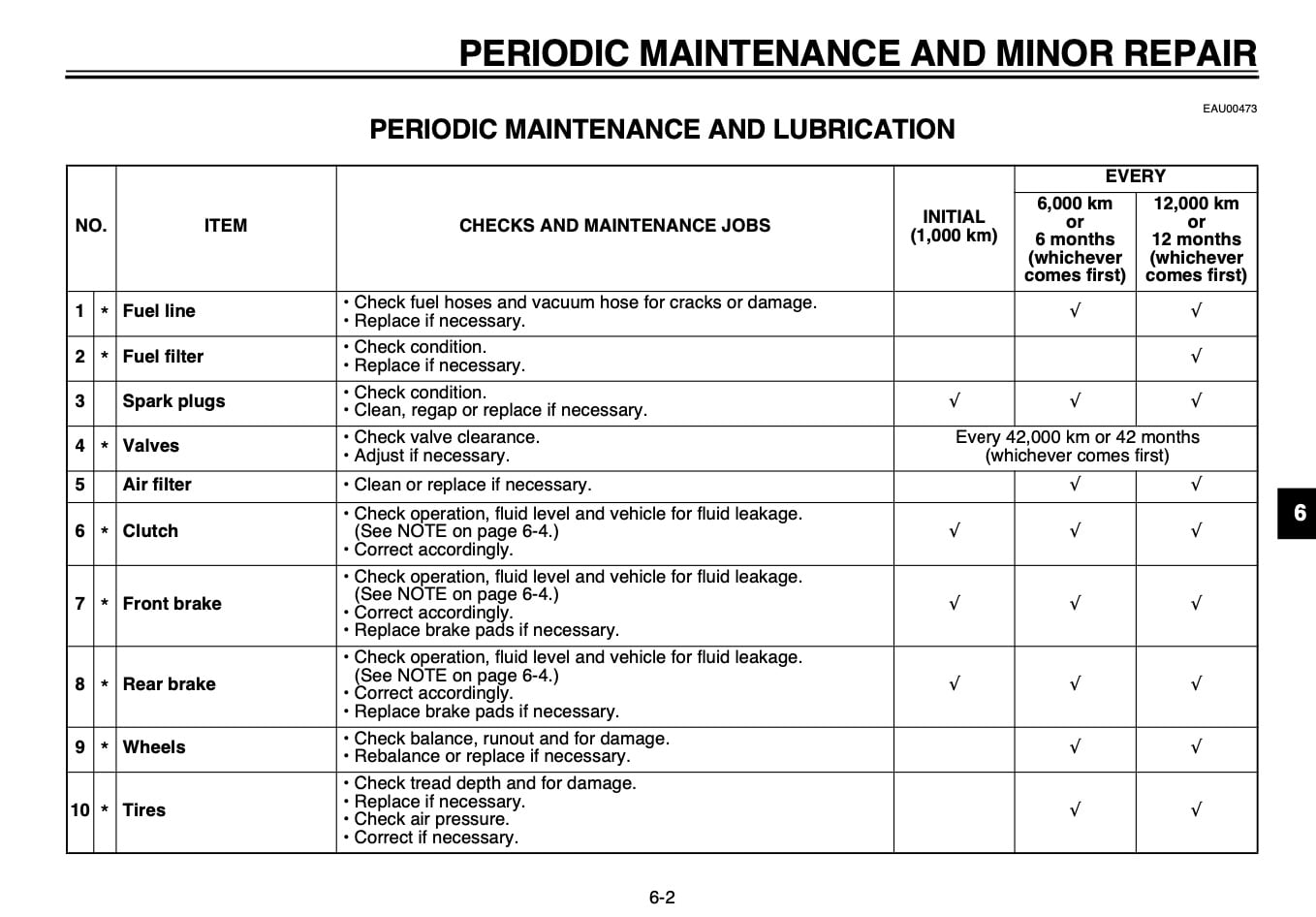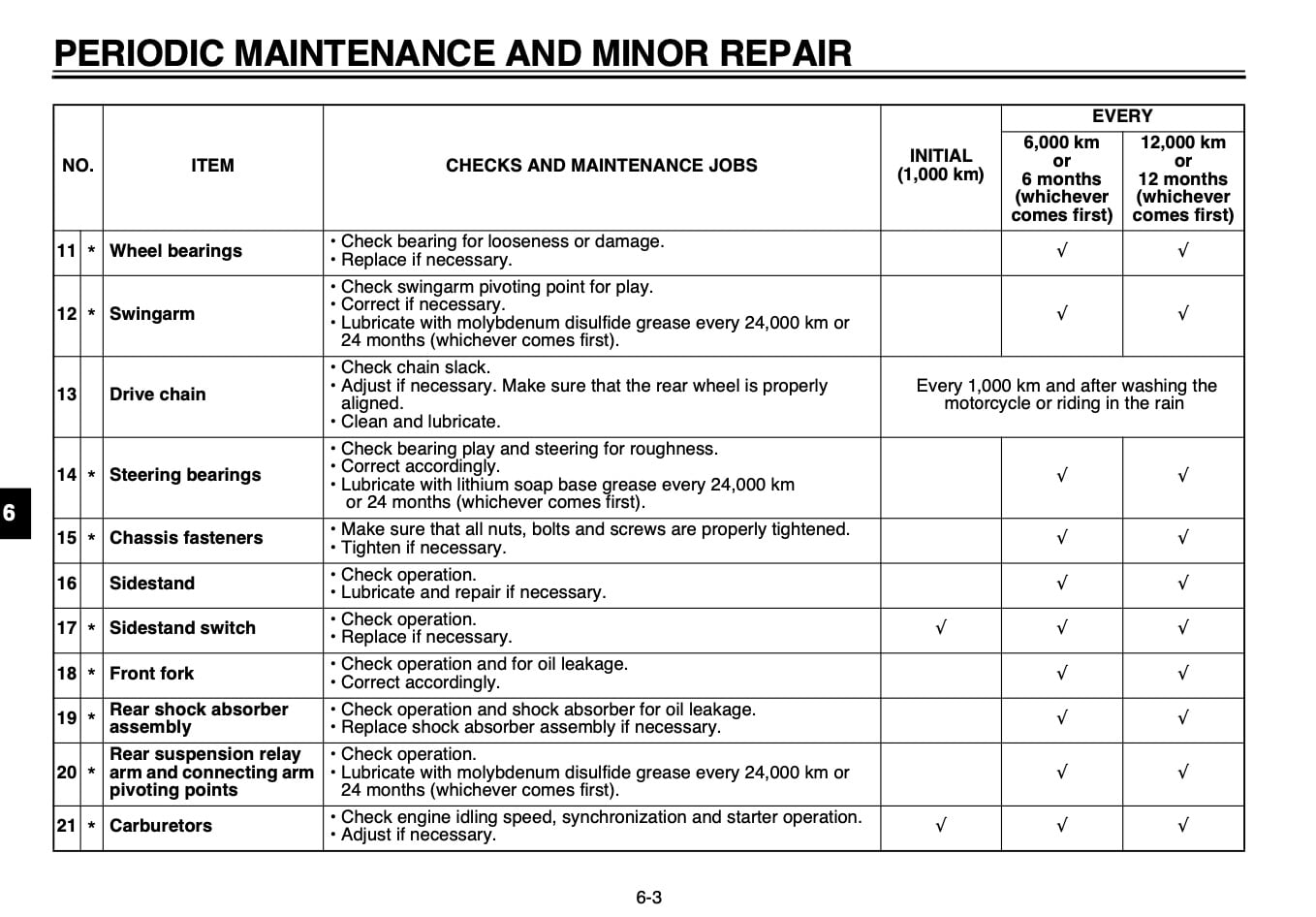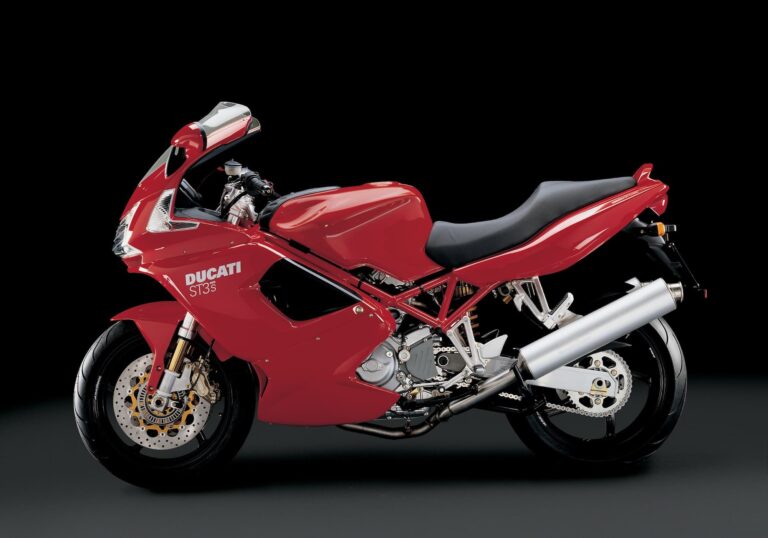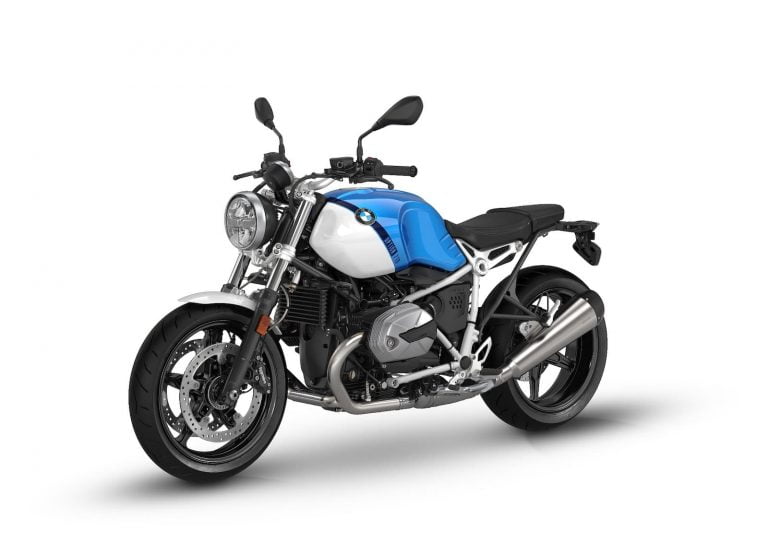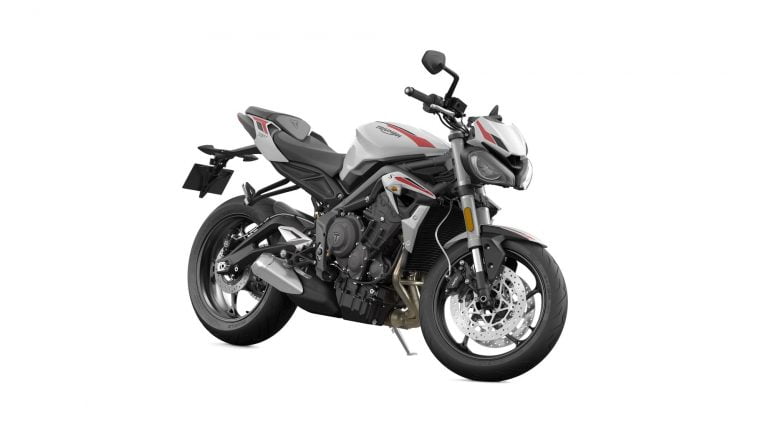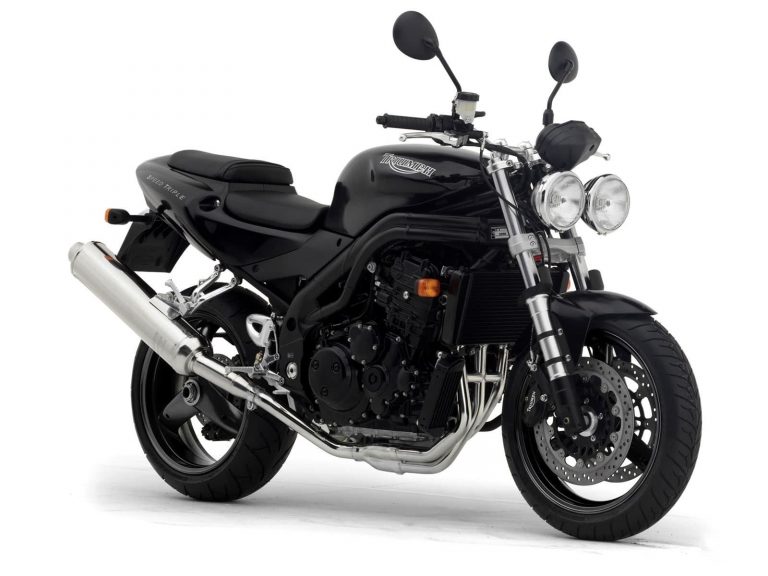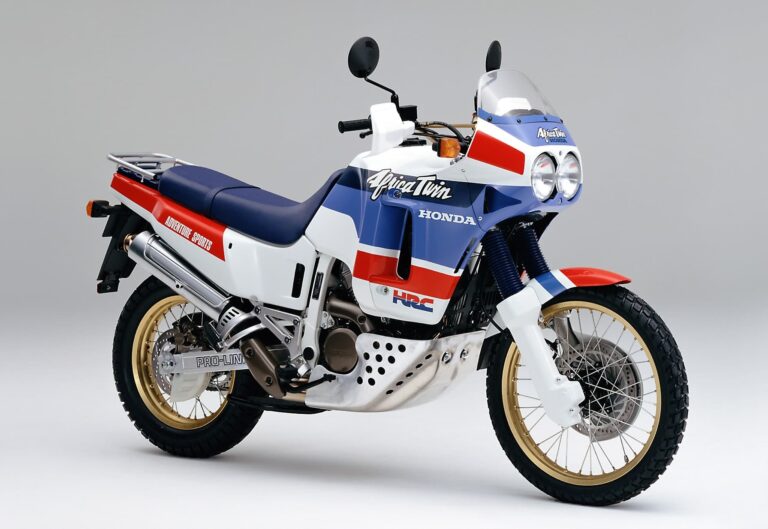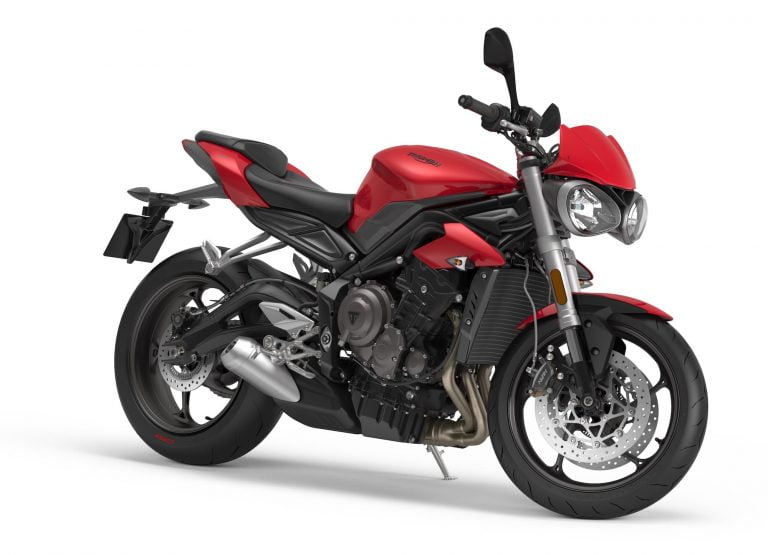Yamaha YZF1000R Thunderace Simplified Maintenance Schedule
This is the simplified maintenance schedule / basic maintenance guide for the Yamaha YZF1000R Thunderace, which many know as the predecessor to the class redefining 1st-generation Yamaha YZF-R1.
The Yamaha YZF1000R took the liquid-cooled 1,002 cc inline four-cylinder engine from the FZR1000 Genesis (EXUP) that preceded it and shoehorned it into a lighter chassis. With a compression ratio of 11.5:1, the YZF1000R Thunderace made a rated 118 kW (158 hp) at 10000 rpm, with a broad spread of torque helped by the Yamaha EXUP system.
The final drive is via a five-speed transmission, curiously, and a chain drive.
This site has links from which we earn a commission (which unfortunately nobody can save, not even us). If you appreciate this research work, then please use those links. Thanks.
Yamaha YZF1000R Service Intervals
Like most modern liquid-cooled Yamaha sport motorcycles, service intervals for the Yamaha YZF1000R are every 4000 miles or 6000 km, or 6 months.
At every service, you do an oil change, plus check for leaks and lubrication of moving parts.
Every two services, Yamaha recommends you change the oil filter and spark plug. And every 42000 miles / 26000 km (or 42 months), Yamaha suggests you inspect the valves of the YZF1000R.
However, on most motorcycles, Yamaha does not give a time interval for valve service. So that one could be considered “optional”.
You should also keep the fluids up to date, regularly replacing the brake fluid and the coolant.
See below for items you’ll need to do a service on your YZF1000R, plus the full maintenance schedule.
Maintenance Schedule
Below is the maintenance schedule for the Yamaha YZF1000R Thunderace. We’ve split it into two parts:
- The service schedule for important maintenance items to be done periodically, e.g. oil changes and spark plug inspections, and
- The standard inspection checklist of things to be done at every service.
Service schedule
This is the service schedule for the Yamaha YZF1000R Thunderace.
Follow the earlier of time-based or distance-based intervals. For example, change the oil every year, even if you don’t do the distance.
| km x 1000 | 6 | 12 | 18 | 24 | |
|---|---|---|---|---|---|
| mi x 1000 | 4 | 8 | 12 | 16 | Every |
| Conduct full standard inspection (see below) | ✓ | ✓ | ✓ | ✓ | 6 months |
| Engine oil — Change (Motul 7100 10W-40, or another high-quality 10W-40 oil of JASO MA spec or API SE or higher) Re-tighten oil drain bolt to 43 Nm / 32 lbf-ft | ✓ | ✓ | ✓ | ✓ | 6 months |
| Engine oil filter — Change (HF303RC) Re-tighten oil filter to 17 Nm / 13 lbf-ft | ✓ | ✓ | |||
| Air filter — Clean or replace if necessary (YA-1089) Service more often if riding in very wet / dusty areas | ✓ | ✓ | ✓ | ✓ | |
| Spark plugs — Check, clean, and replace if necessary (NGK DR8EA, target gap 0.6-0.7mm) Re-tighten spark plug to 18 Nm / 13 lbf-ft | ✓ | ✓ | ✓ | ✓ | |
| Valves — Check clearances, adjust if necessary | 26000 mi / 42000 km | ||||
| Carburettors — Check idling speed, synchro, and starter operation. Adjust if necessary Target idle speed: 1,050-1,150 rpm | ✓ | ✓ | ✓ | ✓ | 6 months |
| Coolant — Change (ethylene glycol-based coolant) | ✓ | 2 years | |||
| Brakes — Replace brake fluid (Castrol DOT 4) as well as rubber parts of brake master cylinder and caliper. | 2 years | ||||
| Clutch fluid — Replace clutch fluid (Castrol DOT 4) as well as rubber part of master cylinder and clutch release cylinder. | 2 years | ||||
| Brake and clutch hoses — Replace | 4 years | ||||
| Fuel filter — Check condition, replace if necessary | ✓ | ✓ | 6 months | ||
| Swingarm — Lubricate with molybdenum disulfide grease | ✓ | 2 years | |||
| Steering bearings — Lubricate with lithium soap-base grease | ✓ | 2 years | |||
| Rear suspension relay arm and connecting arm pivoting points — Lubricate with molybdenum disulfide grease | ✓ | 2 years |
Inspection checklist
Below is the full inspection checklist of items to check or repair at every service.
| Yamaha YZF1000R Thunderace — Inspection checklist |
|---|
| Fuel lines — check fuel hoses and vacuum hoses for cracks or damage. Replace if necessary. |
| Front brake — Check operation, fluid level, and for fluid leakage. Add brake fluid if necessary. (Note: brake fluid level drops as brake pads wear). |
| Front brake pads — Check, and replace if necessary. |
| Rear brake — Check operation, fluid level, and for fluid leakage. Add brake fluid if necessary |
| Rear brake pads — Check, and replace if necessary. |
| Cooling system — check level and for leaks |
| Wheels — Check balance, runout, and for damage. Rebalance or replace if necessary. |
| Tires — Check tread depth and for damage. Replace if necessary. |
| Wheel bearings — Check bearing for looseness or damage. Replace if necessary. |
| Swingarm — Check pivoting point for play. Correct if necessary. |
| Steering bearings — Check bearing play and steering for roughness. Correct if necessary. |
| Chassis fasteners — Make sure that all nuts, bolts, and screws are properly tightened. |
| Sidestand — Check for smooth operation. Lubricate / repair if necessary. |
| Sidestand switch — Check operation. Replace if necessary. |
| Front fork — Check for smooth operation and no oil leaks. Rebuild / Replace if necessary. |
| Rear shock absorber assembly — Check for smooth operation and no oil leaks. Replace if necessary. |
| Rear suspension relay arm and pivoting points — Check for smooth operation. |
Maintaining the Chain on the Yamaha Yamaha YZF1000R Thunderace
It’s important to maintain your chain on the Thunderace, as on any chain-driven motorcycle, but particularly a high-power sport tourer. Use a good-quality chain lubricant like Motul chain paste, or a Motul chain care kit which comes with a couple of handy tools to maintain the chain.
Yamaha recommends you follow the following chain maintenance schedule every 600 mi / 1000 km and after washing the motorcycle, riding in the rain, or riding in wet areas.
| Chain maintenance item |
|---|
| Check drive chain lubrication condition, lubricating if necessary (Motul chain paste) |
| Check drive chain slack, alignment, and condition, adjusting / replacing if necessary Target slack: 20-35mm |
Naturally, if you track or race your Thunderace, then attend to your chain more often.
Chain slack on the Yamaha YZF1000R Thunderace is deflection of the chain in the position between the sprockets. Measure it by pushing the chain up and down.
Tire sizes and recommended pressures
These days fit any sport touring or sport tires to your Thunderace that fit the dimensions, which are standard sportbike suspensions.
The manual recommends the following:
| Wheel | Tire size | Tire pressure (cold) Adjust depending on load |
|---|---|---|
| Front | 120/70 ZR 17 | 250-290 kPa / 2.5-2.9 bar / 36-42 psi |
| Rear | 180/55 ZR17 | 250-290 kPa / 2.5-2.9 bar / 36-42 psi |
Yes, the manual recommends evenly distributed pressures front and rear. The manual also suggests you use the higher end of the pressure spectrum for extended high-speed riding.
About the Yamaha YZF1000R Thunderace
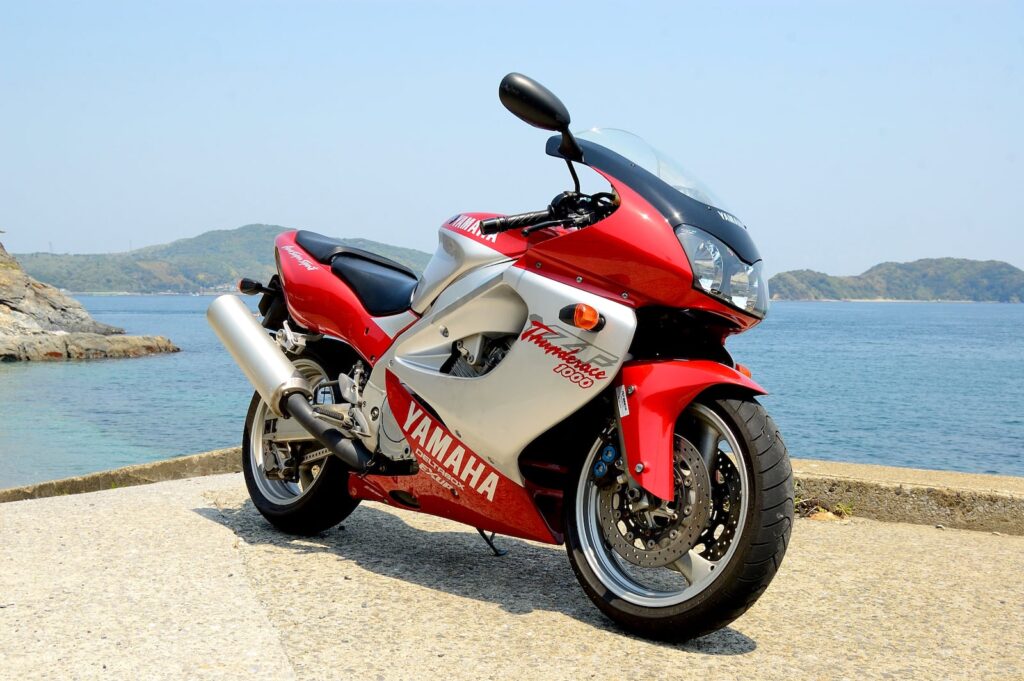
The Yamaha YZF1000R Thunderace was a supersport model from Yamaha released as an update to the Yamaha FZ1000R Genesis, to address competition from Honda that came in the form of the FireBlade.
The original Yamaha YZF1000R Thunderace was an improvement in many ways over the Genesis, giving the same power in a more compact, more aerodynamic, and lighter package. But unfortunately the market had moved on from the days of the Genesis and now wanted something a lot smaller and lighter (and more powerful), which they got in the first generation R1.
For that reason, the Thunderace has cemented itself in history as a high-speed sport tourer, more akin to something like the Honda CBR1100XX Blackbird.
The YZF1000R’s engine is a great one. It had a solid history powering the Genesis, which was a relatively big and heavy bike, and the market was ready for it to shed a few pounds.
It’s fed by four carburettors, which means you do have to do some work to make sure that the carburettors stay in synch (every service), as well as make sure that the cable-actuated throttle always has the correct amount of play (the service manual specifies 3-7mm at the throttle grip flange).
On top of that, the YZF1000R’s engine is a five valve per cylinder engine. This means that at every valve service, you have to service 20 valve clearances.
The Yamaha YZF1000R has an EXUP valve system in the exhaust. Over time, deposits can settle on the valve and clog it up. This also happens as the headers on the YZF1000R can corrode relatively quickly. You may want to consider cleaning the EXUP system as part of your maintenance schedule, as well as checking the freeplay and setting it to 1.5 mm (0.059 in) or less.
Otherwise, servicing the YZF1000R is much like any other sportbike. Ensure that the clutch and brake fluid are fresh (the YZF1000R has a hydraulic clutch), as well as the coolant.
Reference — Manual screenshots for the Yamaha YZF1000R
The above came from the manual for the YZF1000R, also consulting the service manual and parts databases.
You can see a few reference screenshots below.
You can download manuals for Yamaha motorcycles from here.
